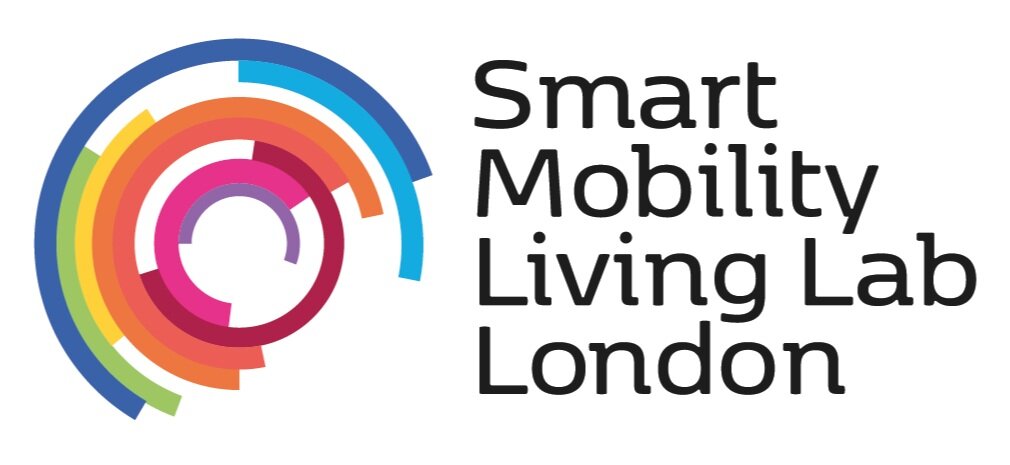New co-operative infrastructure (CITS) features added to testbed
SMLL was at the heart of the ground-breaking ServCity project, which saw a Nissan Leaf self-driving around the streets in Woolwich, demonstrated the potential for receiving live data from the road infrastructure to improve the decision-making abilities of CAVs. Designing and running this co-operative C-ITS trial has opened up exciting new opportunities for developing safer and more reliable CAVs. New features on the testbed extend the scenarios available to validate CAV performance without needing specific safety cases for every operational design domain (ODD).
The ServCity trial marked a significant milestone in the roadmap to CAV rollout by working out how to successfully receive live data from existing infrastructure on the road network. These new sources of data enable the vehicle to make timely decisions about navigating smoothly through congested traffic. Conventionally, safety-critical operations are self-contained within the CAV. Liability issues, mistrust in the quality of the data and the risk of delay in accessing safety-critical information from external sources have been the rationale for this approach. However, the ServCity project, by exploiting the features of the testbed, has helped to examine the potential of using readily available external data to enhance the CAVs situational awareness and improve its performance. The principal concern for the engineers was about trusting the external data. The project has identified promising use cases where reliable and high-quality information external data can augment on-vehicle sensing, leading to improved user experience and safety.
“The trial was designed to test the effectiveness of messages being sent from fixed points at the roadside to vehicles moving in live traffic. ServCity has investigated the requirements for latency, message frequency, and message content, along with the timing and location of when and where messages should be received by the vehicle to cater to different use cases” says James Long, Head of Technical Consulting at the Smart Mobility Living Lab. “These insights have been instrumental in determining the optimal placement of connected infrastructure for both transmitting and receiving information, and the conditions necessary for the vehicle to trust the message content.”
One of the highlights of the project involved sending messages from a bus stand to alert the CAV to the presence of a bus in the running lane by the stand. Specifically, it was discovered that receiving messages from the stand (which was out of sight around a corner) approximately 250m ahead of did not provide sufficient warning for the vehicle to make a lane change in advance—it needed to have the information 700m ahead of the corner to be beneficial.
The testbed was expanded for the trials and now includes a dense residential neighbourhood where it was found that multiple consecutive messages are necessary for a CAV to respond appropriately to alerts of a parked vehicle blocking the road. This element of the trials informs the design requirements for data sharing that would be useful in supporting the early objective of creating automated services for first mile/last mile activities.
Additionally, ServCity investigated the specifications of vehicle-to-everything (V2X) messages, exploring how the V2X system could function in the future, how and where to process the data. Some data needs to be “translated” and verified before it reaches the vehicle, which the engineers demonstrated can be done off-board using edge computing power already available in off-the shelf products like iROADS (TRL’s asset management platform).
“Real-world testing at the SMLL testbed is crucial for validating system and service designs and accelerating time to full deployment,” adds James. “With the success of ServCity , SMLL has greatly expanded its database of scenarios that serve as proxies for the safety assurance requirements for CAVs, similar to passing a hazard perception test. This means that future trials of automated mobility concepts and services could validate the safety of their vehicles at SMLL without needing specific safety cases approved for every variation in their trial deployment, saving time and money as CAV trials scale up and become more complex. This trial marked the first occasion that engineers could truly test third-party connected and automated systems, making SMLL the only place of its kind,” he concludes.

